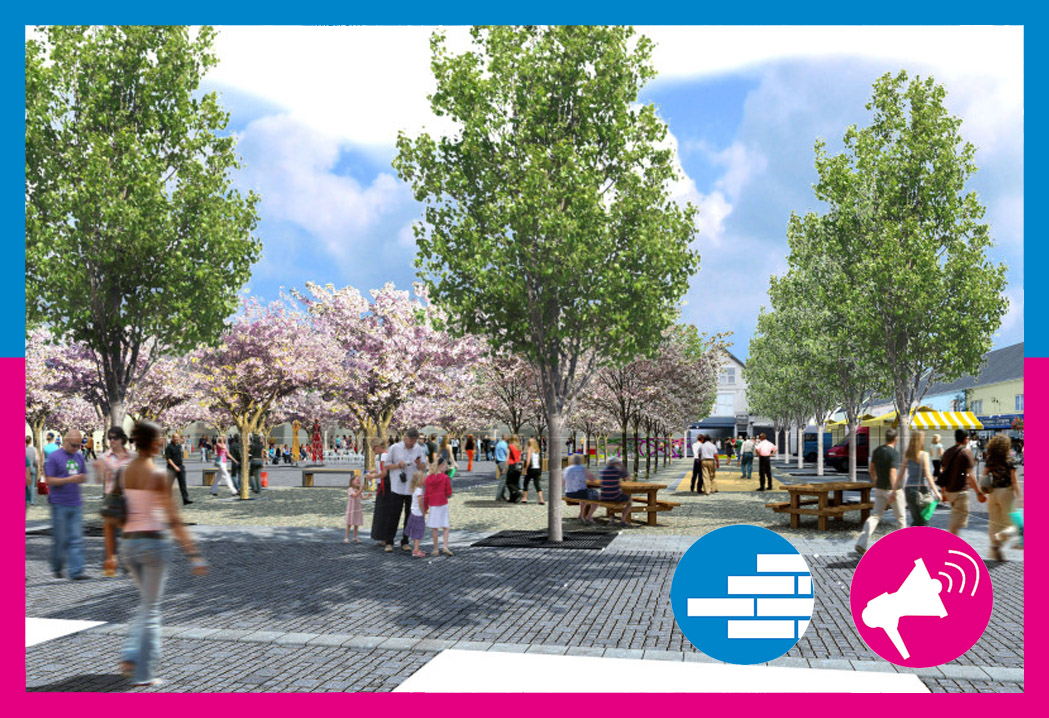About
Bolsover District has been changing rapidly. The proximity to the M1 corridor focused major investment, and further growth is predicted with the population set to increase from 8,000 to 84,000 by 2030. However, it has also suffered from the decline in industries such as textiles and coal mining.
To support the preparation of a new Local Plan for Bolsover District, the council invited Bauman Lyons Architects and other collaborators to develop a Community-Led Regeneration Framework for the next 15 years for four main towns in the Bolsover District: Shirecliffe, Clowne, Bolsover and South Normanton.
The framework – Sharing Bolsover – is guided by principles of placemaking and was developed using the ideas and priorities proposed by the communities that live and work in these districts.
Project details
The Sharing Bolsover vision is for a flexible framework that builds on the diverse character of the existing towns and surrounding villages, whilst enhancing the offer in the four town centres through four distinctive, high quality environments that will attract a diversity of housing, retail and workspace.
“This Regeneration Framework has sought to bring together the District’s local communities and the Council and its partner organisations in order to understand the making of place in a strategic and holistic manner, identifying priorities and potential projects to help foster a greater sense of place.” (4)
“Proposed improvements to physical connectivity will enable villages to access and benefit from these investments and to contribute to rise of a vibrant local economy and of increasing sense of civic pride.” (1)
Three principles underpin the Regeneration Framework:
1. Building on what we have
2. Embracing the future
3. Two hands clapping: Co-producing regeneration
“The strategy addresses the current weaknesses and barriers to community prosperity by recommending a range of sustainable enhancements to existing initiatives, organisations, projects and of physical and human assets”. (4)
In this project, the local community is seen as a key stakeholder within the process of developing a shared vision for the regeneration: “It is increasingly recognised that many of the ‘top down’ strategies have not delivered sustainable regeneration, whilst many bottom up initiatives have been short lived. Neither approach is suitable on its own to deliver regeneration in Bolsover, but as the public sector resources dwindle and communities increasingly deliver ground breaking projects and services, they should be incited as partners to deliver place based regeneration: two hands clapping to support long term transformation.” (4)
The project also envisions local groups playing a key role in delivering the regeneration by, “embracing collaborative practices between the Council and local communities”. (4) For example, this may involve the management and ownership of new community assets through Cooperative Land Trusts or Community Development Trusts: “These organisations utilise the existing civic networks and skills to build on a host of existing community based initiatives”. (4)

